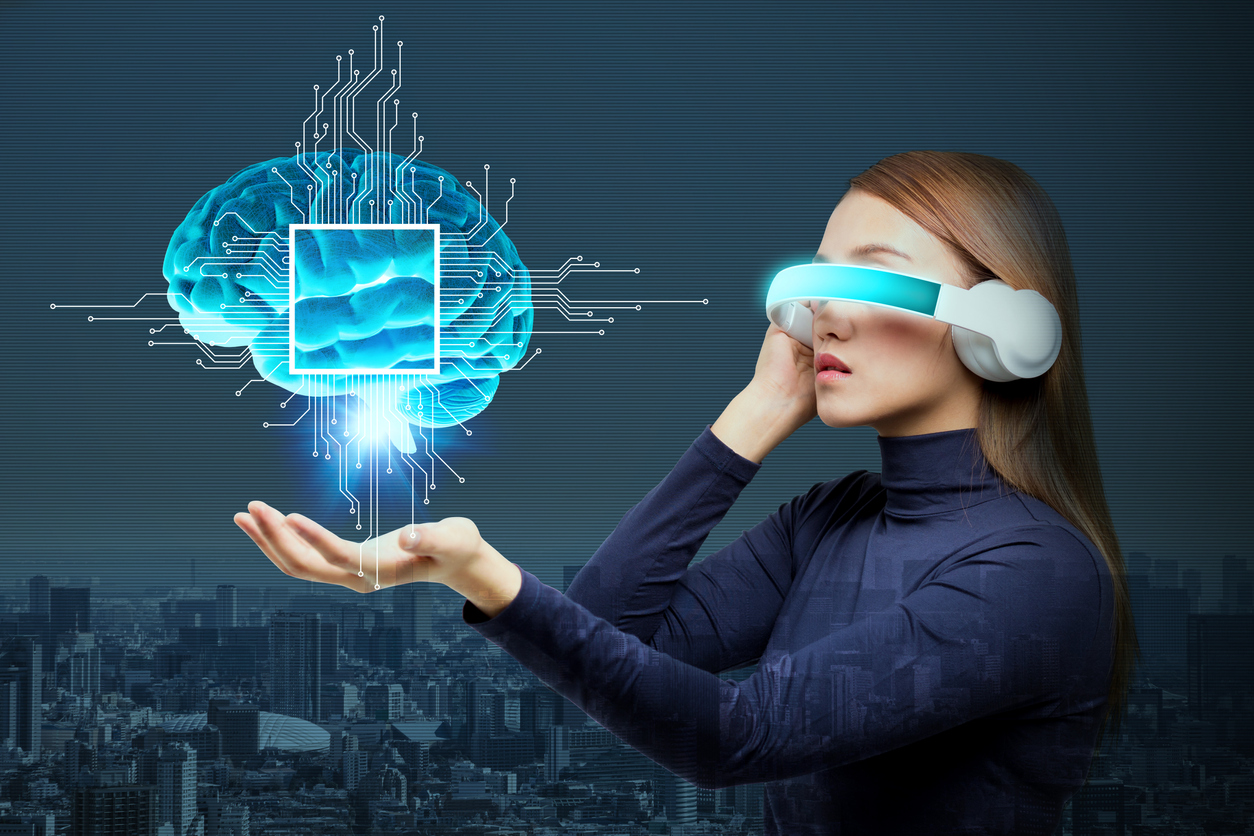Google is without a doubt a global leader when it comes to technology and—more specifically—technological innovations.
As virtual reality and augmented reality become more prevalent in the real world, many eager tech fans are curious about Google’s plans for how VR and AI tech will factor into the future technologies they bring to the mainstream market.
One of Google’s first major forays into the world of VR/AR tech came with the Google Glass device. Google Glass was unveiled for the first time in 2013. While it seemed excitingly futuristic and promising enough, Google Glass eventually failed on the market. This failure was due to ineffective marketing techniques, an impractical design, and rampant privacy concerns—among other issues.
Despite this early setback, Google is back and better than ever with a variety of technologies related to virtual reality and augmented reality. Keep reading to learn more about 3 of Google’s most futuristic and—even better—useful VR/AR tech innovations that are currently on the market.
1. Google Search AR Features
Google is by far the number-one search engine in the world. Internet users submit almost 4 billion Google searches every single day. Most people take Google’s search engine function for granted as a normal yet incredibly useful part of their daily lives.
Already known as the most effective and user-friendly search engine on the worldwide Web, Google has recently enhanced the Internet search experience they offer to users with the introduction of augmented reality features that are available to those who use Google for their online searches.
Google Search’s augmented reality features allow Google users to superimpose realistic, animated 3-D images of everything from exotic animals to human anatomy simulations over your own space—allowing you to, for example, experience the sight of an African lion wandering around your kitchen through your iPhone screen.
This futuristic feature allows Google users to immerse themselves more fully in the content they search. It allows them to experience more engaging learning opportunities online as they get their questions answered through Google Search.
2. Google Lens
Google Lens is a high-performing image recognition technology. Lens users can access this futuristic tech with ease from their smartphones or other mobile devices. The main function of this technology is to allow users to identify and learn more about objects—including plants, animals, landmarks, and much more—in the real world via their mobile device. All users have to do is simply place the object in question within their device’s field of view while using the Lens app. Lens is one of Google’s current standout VR/AR tech innovations. Even better, Google is constantly advancing this technology and adding new helpful features for users to enjoy.
Some of the most notable and newest features of Google Lens include an option to copy and paste handwritten text onto your computer or mobile device. This feature saves you the hassle of having to retype everything you scribbled on a piece of paper. Lens also allows you to point your mobile device at a block of text in a foreign language. Lens will then automatically translate the foreign text into the language of your choice. It is compatible with more than 100 languages.
3. Google Maps Live View Beta
While this technology is still in its Beta phase, Live View is a brand-new AR-tech-focused feature of Google Maps.
Live View allows Google Maps users to view Google’s directions superimposed directly over their immediate environment. For example, a user might see a left-hand arrow hovering directly above an image of the street corner in front of them on their smartphone screen while using this feature.
This handy AR tech feature allows users to orient themselves more easily. It also helps them find their way to their destination with less frustration and confusion.
Google has already established itself as a leader in the realm of VR/AR technological innovations. There is no telling what the future will hold for Google and its VR/AR tech. Even so—knowing Google—there is no doubt that exciting futuristic developments are already in the works.

